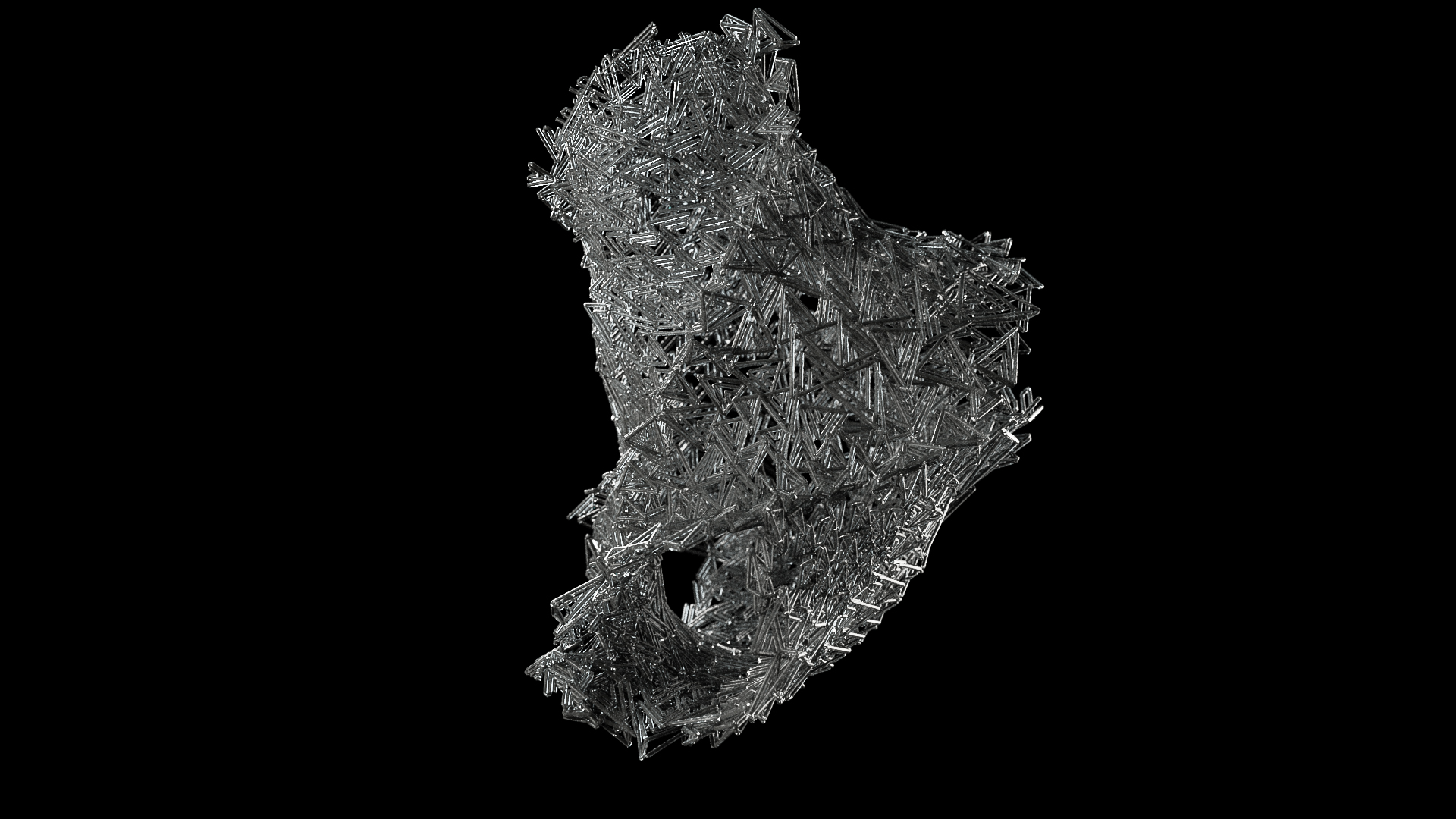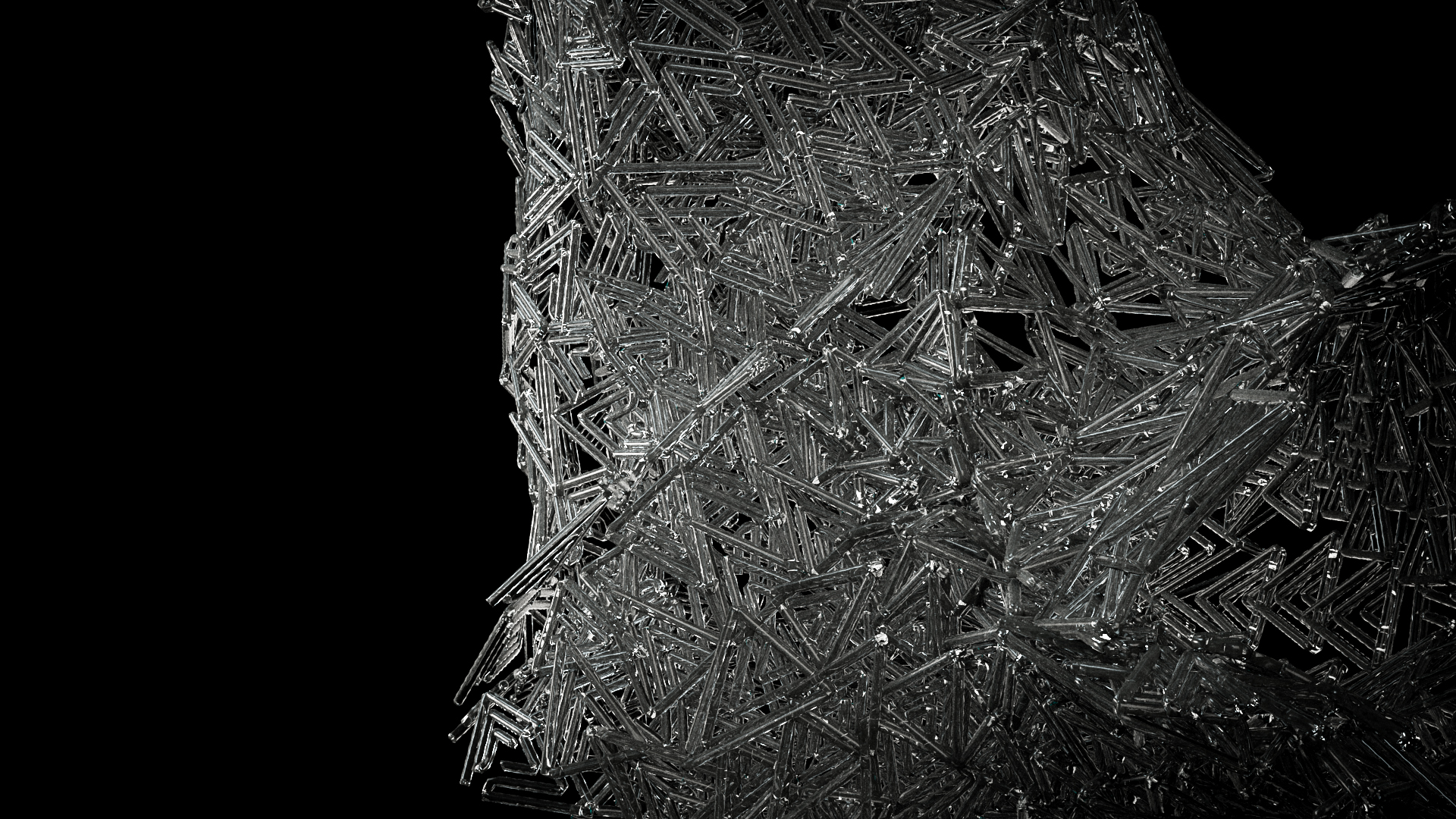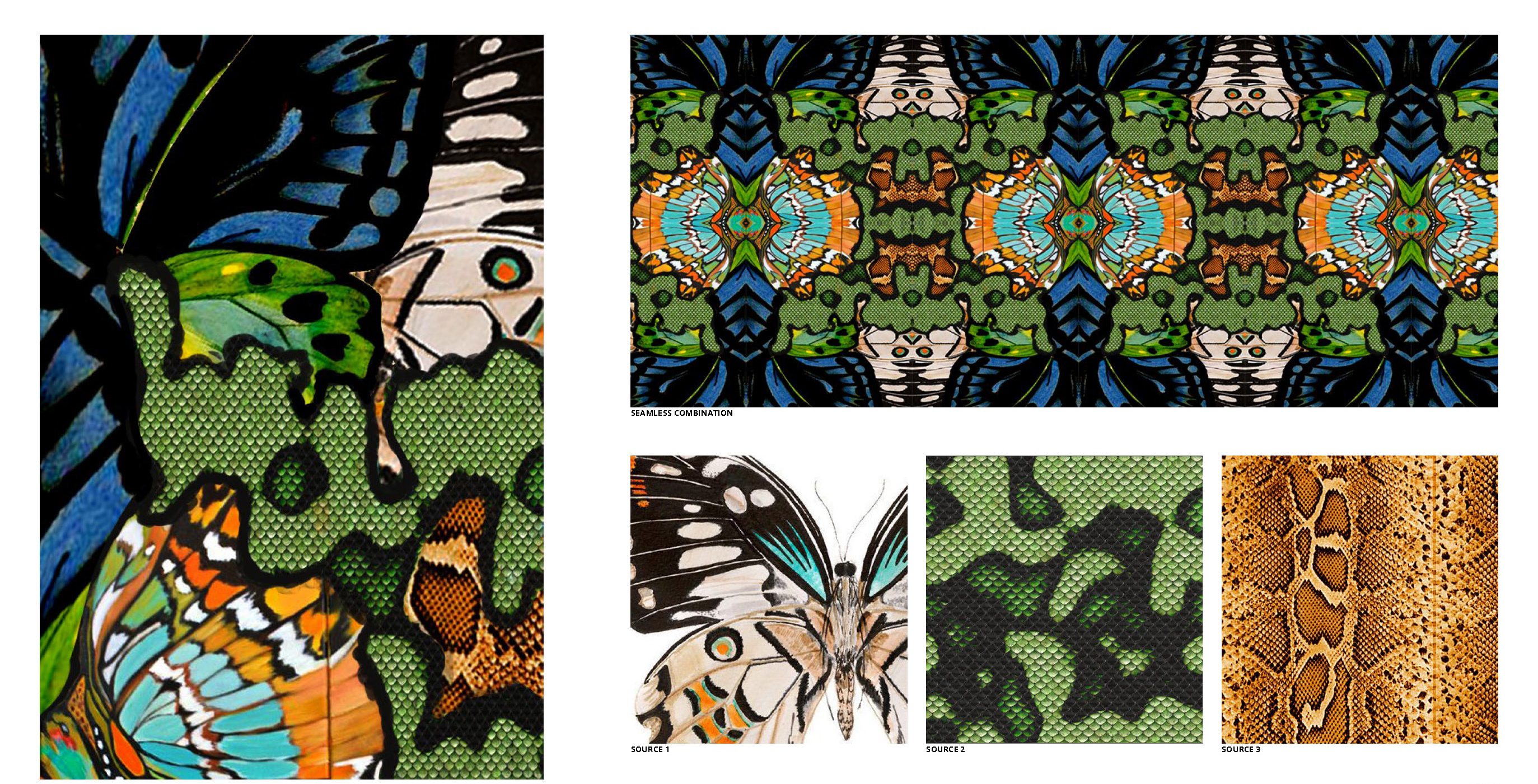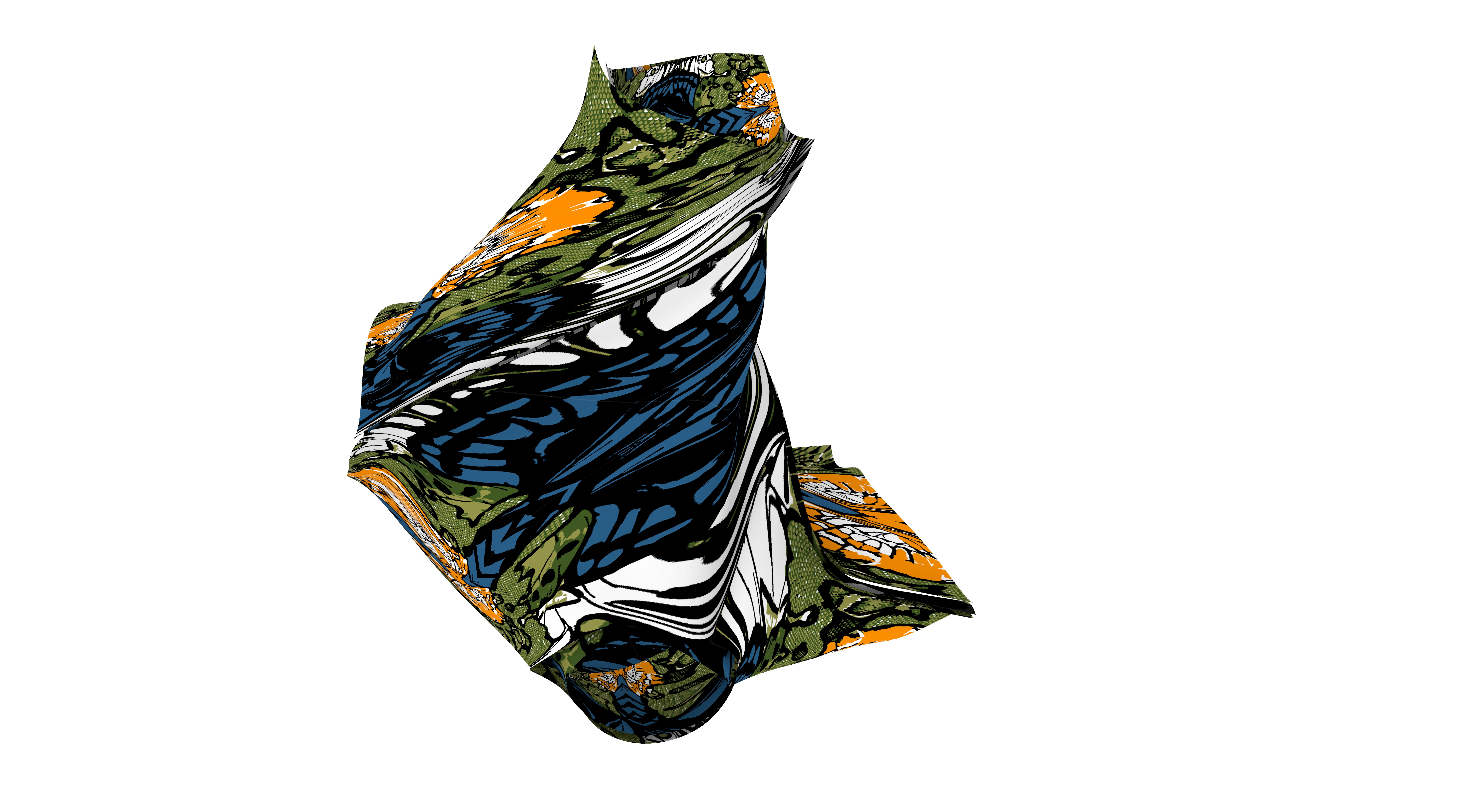AS Advanced Robotic Fabrication—Animal House



/ 2019 Spring Semester
From The Animal House—Pangolin House / Instructed by Herwig Baumgartner, Garrett Santo
Group with Aihe SHEN, Ji QI, Jiayue HE, Jiexun Wu, Minxue QI, Zhaohang ZHANG
This course investigates issues related to robotic fabrication in architecture and industrial design. We will develop a concept design for an industrial product the includes narrative, graphic representation, and prototyping. The ambition of this seminar is for students to develop a unique and highly controlled robotic fabrication process suited to address specific design inquiries. Fabrication will necessitate the use of a Staubli robotic arm, an industrial PLA extruder, and multiple digital techniques to produce a geometrically complex, high resolution prototype. Design concepts will evolve through cycles of digital simulation and robotic testing; experimentation with color, texture, and graphics will be encouraged.
Animal House is a seminar that involves the designing and prototyping of a habitat for selected endangered animal species that inhabit land, air and sea. It focuses on full scale prototyping in the Robot House, utilizing the robotic arms in combination with the industrial PLA extruder. Architectural practice has been expanding into a variety of different fields; Architectural graduates are no longer tied to career paths working exclusively in architecture offices or personal architectural practices. Instead, they are increasingly involved in all aspects of design including graphic, industrial, film, and advanced digital manufacturing. This seminar aims to expand the architectural playground even further. The course will focus specifically on product design (with a strong SCI-FI narrative) by designing an animal shelter for extreme environmental conditions. We will propose design concepts and develop novel fabrication techniques using a high speed, high strength PLA extruder and a robot arm to produce full scale prototypes of their Animal Houses.
The Animal House will be designed for a specific endangered animal species and its corresponding environment. Designs are to function conceptually as survival capsules; providing protection and insulating against hostile predators and environmental concerns. Designs will consider concepts of habitation, comfort, and survival as it relates directly to the animals of which this course is concerned.
Our Group is designing and constructing a house prototype for Tree Pangolins. Tree pangolins, often called “scaly anteaters,” are covered in tough, overlapping scales. These burrowing mammals eat ants and termites using an extraordinarily long, sticky tongue, and are able to quickly roll themselves up into a tight ball when threatened. Tree pangolins in particular are threatened by loss of habitat due to expanding agriculture and other human uses. Tree pangolins are solitary and nocturnal. As their name suggests, they spend most of their time in trees, using hollow trees for shelter. They sleep in the hollows and forks of trees and logs. Tree pangolins have a prehensile tail that helps them hang on to tree branches. The tip of the tail is bare, to give the animal an extra grip.






The massing is being expected as a shelter for tree pangolins that provides protection and insulate against hostile predators and environmental concerns. The shape of massing comes from the organic shape of nature. Inspired from pangolins’ overlayed scales, the assembly of the shelter takes the overlapping design strategy and it was carefully considered to fit pangolins’ habits. Since the lions, tigers and leopards are the major threats for the pangolins, the shelter provides a safe and comfortable area for them to live on the trees. Multiple entrances are provided for pangolins to get in and out of the shelter.






The pattern designs also consider different points of pangolins’ habitation. The patterns are arranged symmetrically in relationship with the surrounding environment. While designing the pattern, we extracts elements of the nature pattern (like a small patch of scales or a single ring pattern from a wing) and then re-scales it, re-combines it into larger chunks, changes color, and produces an entirely new texture that gives a totally new reading of the shelter and blend into surrounding environment well.



 Pieces w/ Simulated ToolPath
Pieces w/ Simulated ToolPath Section in Context
Section in Context



*video shooting: by Group
*video editing and caption: Boya WANG / Jiayue He / Aihe Shen